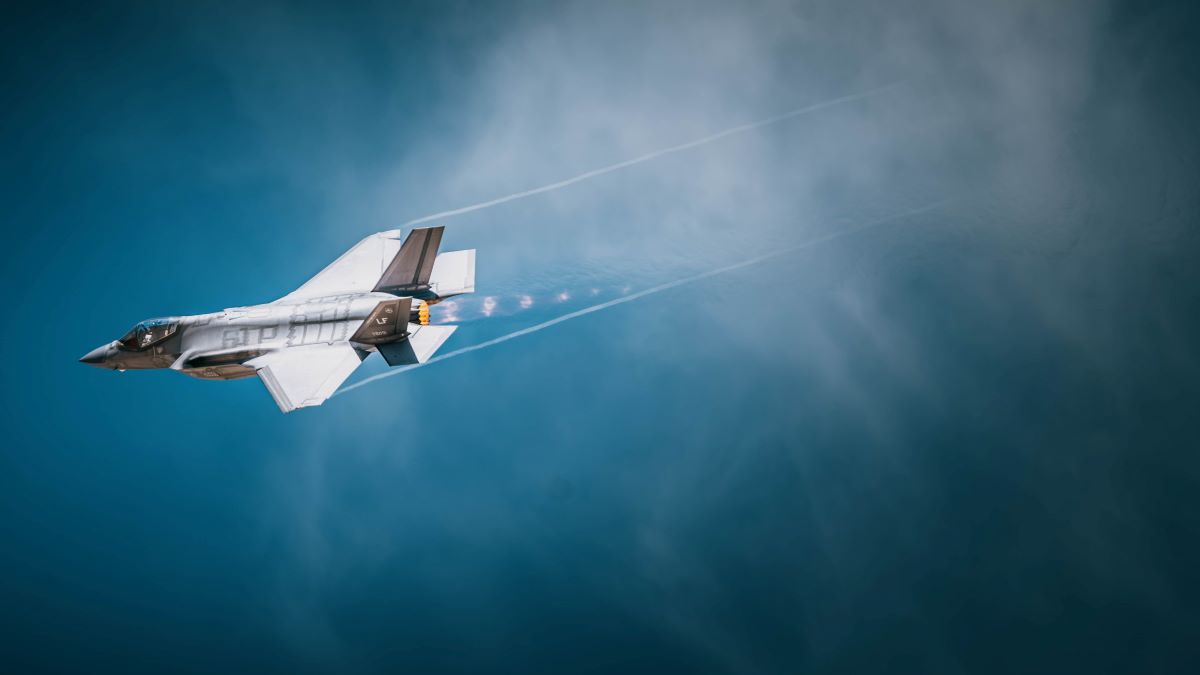Advances in Chinese air defenses and the expanse of the Pacific are presenting major operations and budget challenges for the U.S. Air Force.
While the “sanctuary” of U.S. and overseas allied bases have met demands through today, such basing will be insufficient to mount air campaigns in the years ahead against technologically advanced nations, like China, Air Force Chief of Staff Gen. Dave Allvin told the Apex Defense conference in National Harbor, Md., on Tuesday.
“As you move farther and farther out, that is challenging the American airpower way of war, and if we don’t watch it, we’re gonna have to be fightin’ from Topeka,” he said. “We don’t want to do that because what this drives is, if we still intend to leverage American airpower as part of the joint force in this way, it becomes almost cost prohibitive. The ranges are excessive. The depth and the density of the air defenses make our sophisticated capabilities that we have used through stealth and precision to be able to degrade air defenses even more challenging, and it makes that even more [clear] that we’re on the wrong side of the cost curve.”
“We need to think about that in the time now where we also have the opportunity of disruptive technology…understanding that the United States Air Force still does the five things it’s always done–air superiority, precision global strike, rapid global mobility, ISR, and command and control, but we have to understand how to do it within the context of the changing character of war,” Allvin said.
His comments echo those of Air Force Maj. Gen. Joseph “Solo” Kunkel, the service’s director for force design, integration, and wargaming, who also used the “Topeka” analogy in February in a talk on the Air Force’s classified future force design–“One”–in which Kunkel said that the service would not rely on standoff, but instead also have “stand-in” forces able to operate with a high tempo in dense air defense zones (Defense Daily, Feb. 26).
Emerging needs for the Air Force look to be more air refueling booms and autonomous drones, including possibly thousands under the service’s Collaborative Combat Aircraft (CCA) program.
The Air Force wants CCA Increment 1 to be reusable air-to-air drones for the service’s Mission Area 1 of high ground threats. Increment 2 is to be a technology leap above Increment 1.
The Air Force has bestowed “mission design series” designations on the Increment 1 prototypes (Defense Daily, March 4). The General Atomics‘ Gambit offering is the YFQ-42A and Anduril Industries‘ Fury is the YFQ-44A. “Y” signifies prototype aircraft, “F” fighter/air-to-air mission, and “Q” a drone.
“CCA with small logistics footprints would improve the Air Force’s ability to periodically change their operating locations as part of a shell game to complicate China’s missile targeting,” according to Logistics While Under Attack: Key to a CCA Force Design, a recent report by the Mitchell Institute for Aerospace Studies. “Combined with active and passive airbase defenses, a resilient CCA force would help ensure the Air Force remains an ‘inside force’ that generates decisive combat airpower alongside America’s allies.”
